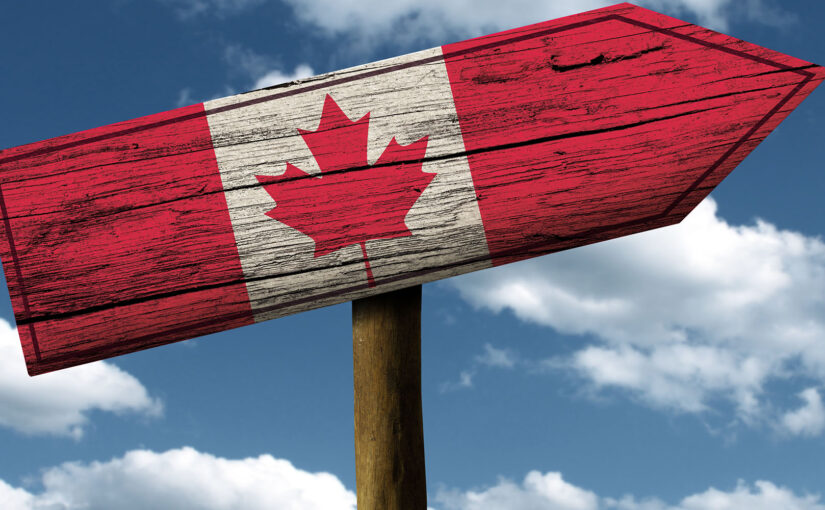Search this article on Google: Analyzing the Role of Pre-Removal Risk Assessment (PRRA) in Canadian Immigration Policy: Provisions and Rules
Policy Analysis: A Comprehensive Guide
Policy analysis consists of evaluating policies to understand their implications. These evaluations aim to inform policy-making processes and facilitate informed decisions. This article provides an in-depth understanding of policy analysis, focusing on the rules and regulations that form the backbone of any policy.
Understanding Policy Analysis
The study of public policy is a significant branch of political science. Traditionally, policy analysis involves:
- Identifying issues that require governmental attention.
- Comparing various policy alternatives.
- Evaluating the outcomes of these policy alternatives.
- Implementing the chosen policy.
- Evaluating the impact and effectiveness of the implemented policies.
Policy Analysis Process
-
Problem Identification
The first step in the process is identifying a problem that needs to be addressed by the policy. This involves,
- Recognizing the problem or issue.
- Determining its nature, origin, and scope.
-
Policy Formulation
Once the problem has been identified and understood, possible solutions are formulated in the form of policies. This phase includes,
- Brainstorming and researching possible solutions.
- Evaluating these alternatives based on criteria such as feasibility and effectiveness.
- Selecting the best solution to be implemented as a policy.
-
Policy Implementation
After selecting the best policy alternative, the next step is its implementation. It involves the following steps,
- Determining how the policy will be executed.
- Allocating resources needed for implementation.
- Executing the policy.
-
Policy Evaluation
After implementation, it’s important to evaluate the policy’s effectiveness and impact.
- Monitoring and measuring the policy’s effects.
- Adjusting the policy, if necessary, based on the evaluation results.
The Implication of Policies
Policies have diverse implications at different levels based on their nature and the area they are being implemented in. Let’s examine this in more depth:
-
Economic Implications
Economic policies affect the economy of a nation or a region. They can impact areas like:
- Inflation
- Unemployment
- Income distribution
- Economic growth
-
Social Implications
Social policies can have a profound impact on society. They can influence aspects like:
- Education
- Healthcare
- Housing
- Social welfare
-
Environmental Implications
Environmental policies affect how we interact with our environment. They can influence areas such as:
- Air and water quality
- Energy use
- Natural resource conservation
- Waste management
Conclusion
Policy analysis can be a complex process, but it’s crucial for making informed policy decisions. By considering the implications of policies, we can better gauge their potential impacts and make better choices for our future.








